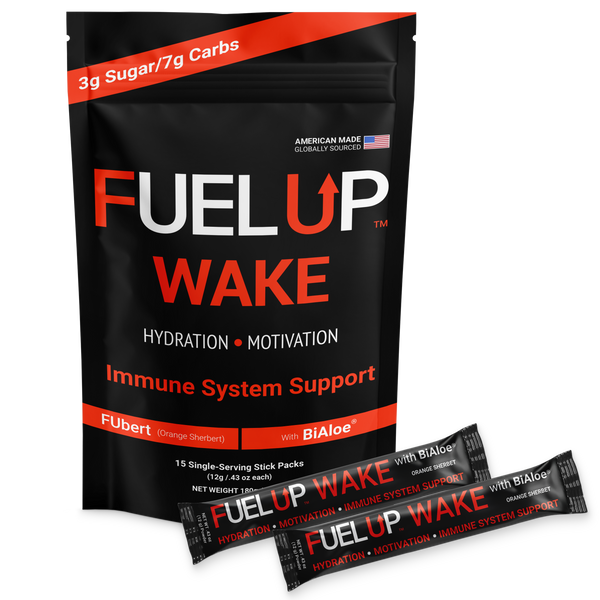In addition to various amino acids, several B vitamins, including niacin (B3), Vitamin B6, pantothenic acid (B5), and cobalamin (B12) are needed as cofactors for the synthesis of neurotransmitters. B Vitamins play a role in cellular functioning, act as co-enzymes in a vast array of catabolic and anabolic enzymatic reactions. Collectively their effects are necessary for numerous aspects of brain function, including energy production, DNA/RNA synthesis/repair, and the synthesis of numerous neurochemicals and signaling molecules. [14]
VITAMIN B3 (NIACIN)
Vitamin B3 has an established role in the modulation of inflammatory cascades. [14]
Vitamin B3 has a wide range of uses in the body, helping functions in the digestive system, skin and nervous system. Like other B vitamins, B3 helps the body break down carbohydrates, fats and proteins into energy. [15]
VITAMIN B5 (PANTOTHENIC ACID)
Vitamin B5 is important for the synthesis of coenzyme A (CoA), which contributes to the structure and function of brain cells by helping synthesize cholesterol, amino acids, phospholipids, and fatty acids. Pantothenic acid, via CoA, is also involved in the synthesis of multiple neurotransmitters and steroid hormones. [14] CoA is also responsible for fatty acid synthesis and degradation. [16]
VITAMIN B6
Vitamin B6 helps support adrenal function, helps calm and maintain a healthy nervous system, and is necessary for key metabolic processes. Vitamin B6 acts as a coenzyme in the breakdown and utilization of carbohydrates, fats and proteins. Vitamin B6 helps in the production of neurotransmitters, the chemicals that allow brain and nerve cells to communicate with one another, ensuring that metabolic processes such as fat and protein metabolism run smoothly. [17]
VITAMIN B12 (COBALAMIN)
Vitamin B12 benefits mood, energy level, memory, heart, skin, hair, digestion, and more. It is also an essential vitamin for addressing adrenal fatigue, multiple metabolic functions - including enzyme production, DNA synthesis and hormonal balance, and maintaining healthy nervous and cardiovascular systems. B12 plays a significant role in nerve function, the formation of red blood cells, and the production of DNA. [18]





